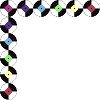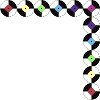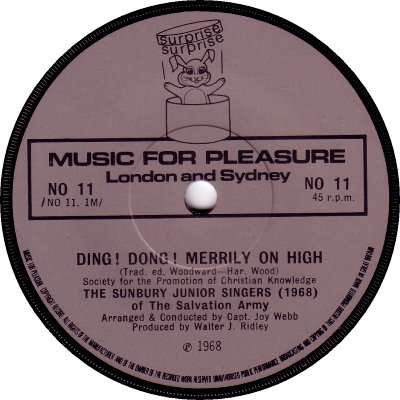
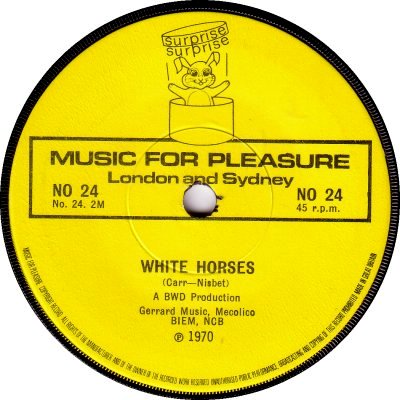

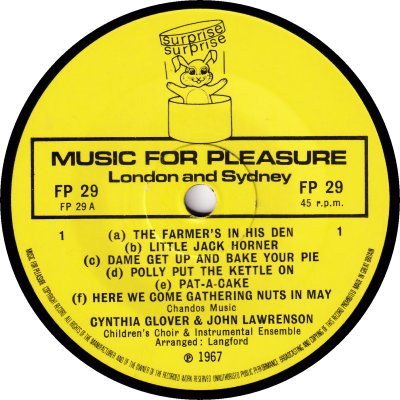

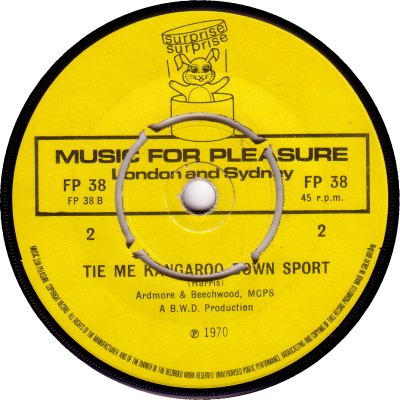
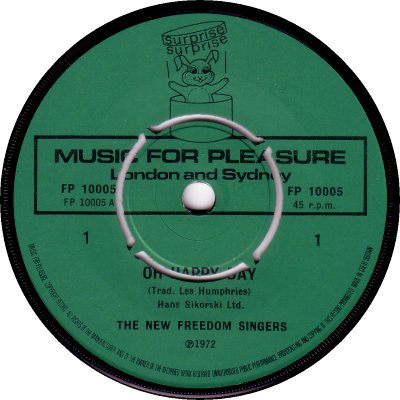
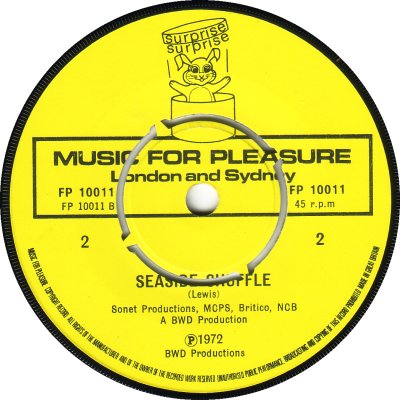
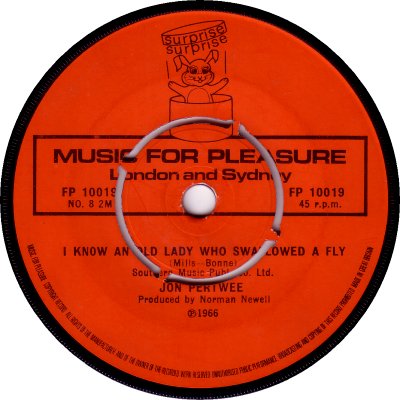
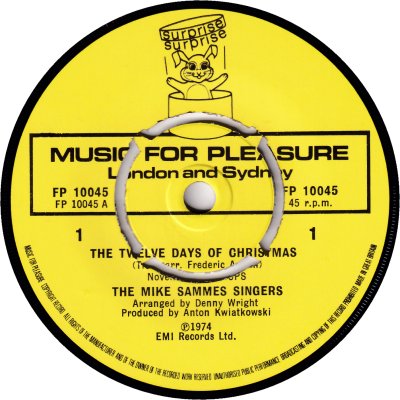
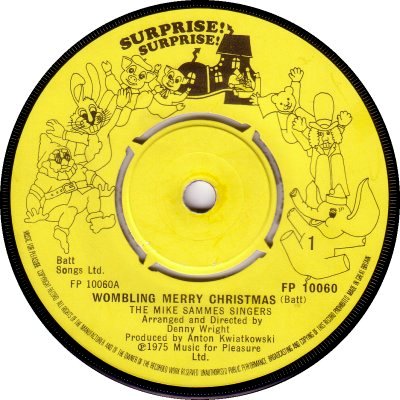
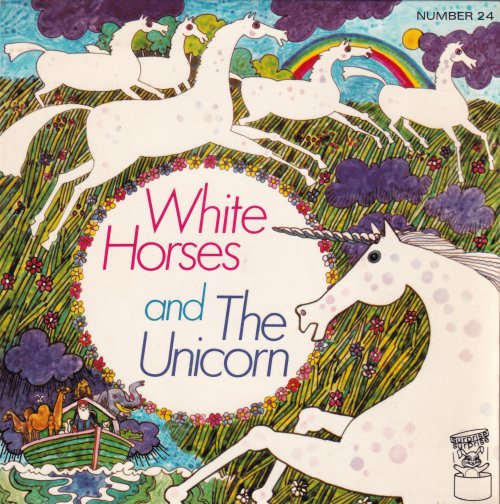
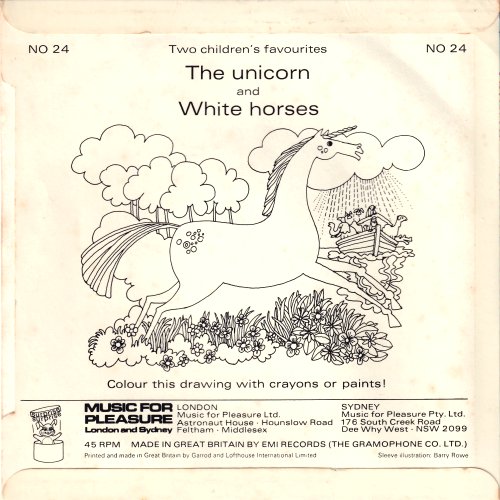
A division of EMI / IPC'S budget-priced Music For Pleasure label, aimed at children. The possibility of MFP's issuing cheap singles featuring cover versions of Pop songs was mentioned in 'Billboard' of the 9th of August 1969, which said that the company was considering test marketing the concept later in the year. The test, which involved sixteen singles, took place in September, in London and Lancashire, but with the focus on the Children's market rather than on the Pop one. The results were encouraging, and 'Record Retailer' of the 9th of May was able to announce that the series, called 'Surprise Surprise', would be launched on the 22nd of that month. It was however to consist of only fifteen records, as one of them had been dropped because it had sold poorly compared to the others. The 'reject' appears to have been NO-8, which coupled 'This Old Man' by Jessie Matthews with Jon Pertwee's 'I Know An Old Lady'; it was eventually released in 1973 as FP-10019, perhaps in response to Pertwee's success in the role of Doctor Who on the BBC. 'BB' of the 23rd of May confirmed the initial release and said that five more couplings were due to appear in September, with another four following in November. Material was to be sourced from MFP albums, from EMI's vaults and from producer Bill Wellings. In passing, the article mentioned that sales of Children's albums had been responsible for 11% of MFP's sales in 1969.
Picture sleeves were the norm for 'Surprise' Surprise' singles (12); the rear of the sleeves featured a drawing for children to colour-in (13). With the kiddie appeal of the songs and the attraction of those sleeves the records found a ready audience, for a while at least. 'RR' of the 14th of November 1970 gave figures for three of the pairings over the first six months: 'Chitty Chitty Bang Bang' had sold 65,000 copies, 'Nursery Rhymes' 55,000, and 'Two Little Boys' 45,000, which were very reasonable results. IPC became part of Reed International in 1970, and towards the end of that year EMI carried out negotiations with that firm with the intention of purchasing Reed's 50% holding in MFP. The negotiations were successful, and 'Record Retailer' of the 9th of January 1971 was able to report that MFP was now wholly owned by EMI. The 'Surprise Surprise' label was included with its parent in the deal. EMI continued to release singles on the label but sales in later years appear to have been less impressive, as the series was discontinued in 1976.
The years given on the records often refer to when the track first appeared on vinyl, not to when the 'Surprise Surprise' single came out, as demonstrated on the first and seventh scans above. As a result, dating them is problematical, and many of the dates given in the discography below are fairly tentative. Again, it was not uncommon for numbers to be issued out of sequence - for example, FPs 34, 35 and 47 came out together on the 3rd of September 1971 ('RR', 28th August). Three different numerical series were used, starting with NO-0; the prefix changed to FP at the time of the EMI takeover, with FP-25 being the first single to have it. A lot of numbers in the FP-40s and FP-50s weren't used in Britain; they appear to have been used by the South African arm of MFP for Children's singles in the Afrikaans language. Then in 1972 the numbering was changed to FP-10000, starting at 10001. The final single was numbered FP-10068. For most of its life the label was of a fairly basic design with 'Music For Pleasure' in a central rectangle and a rabbit in what looks like a hat box at the top; yellow was the commonest colour, but items occasionally appeared in various shades of grey, blue, green or red. There were frequent re-pressings, and as a result popular singles can be found in more than one colour. As can be seen, dinking perforations didn't do much for the legibility of the credits (6, 7, 8, 9, 10). At the start of 1975 a new and more ambitious design was adopted, one in which the label name got bolder and acquired a couple of exclamation marks (11). The new label came only in yellow, and it was used until the end. Manufacture was generally by EMI but sometimes other companies were called upon. Linguaphone pressings appear frequently until the end of 1973; early pressings can be distinguished by the 'ditch' a centimetre outside the spindle hole (3, 5), while on later pressings, from around the autumn of 1972 onwards, the ditch is absent, leaving only a narrow raised island (4). Singles with wider dinkings (10) appear to be have been made by Decca.
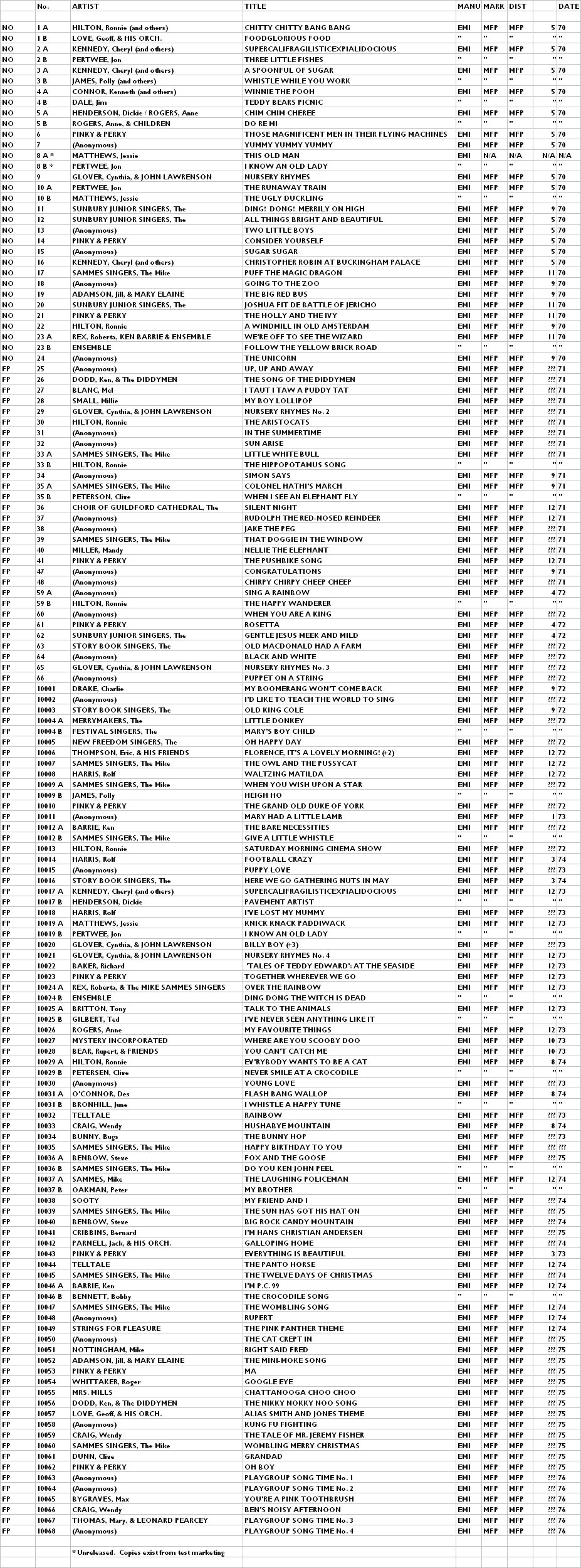
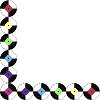
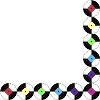
Copyright 2006 Robert Lyons.
